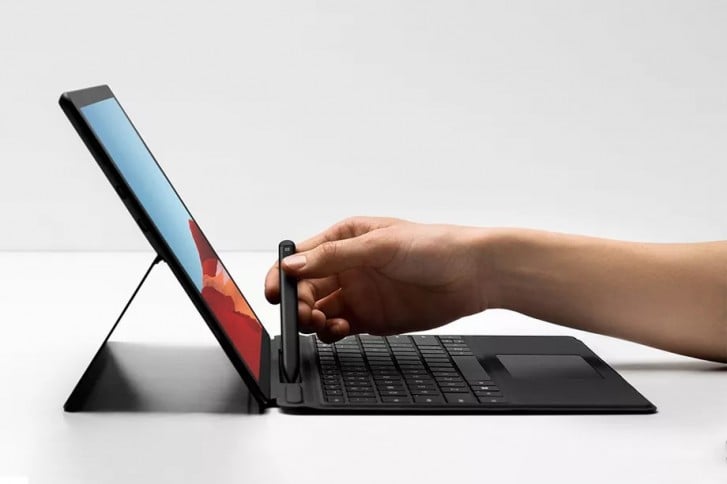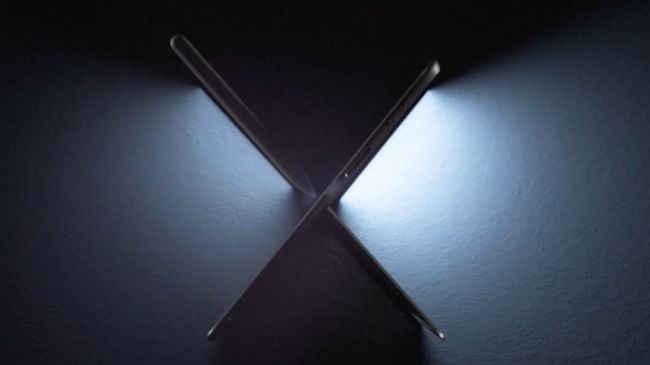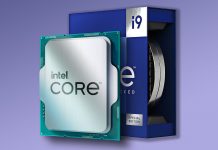It’s been hard for Windows devices to break free of the Intel grasp, but Microsoft‘s giving it another shot with the new 13-inch Surface Pro X, a new tablet running Windows on an ARM-based Microsoft-custom version of a Qualcomm Snapdragon processor, the SQ1. Next to the also just released Surface Pro 7, you could argue that this is the true new flagship.
The Surface Pro X offers key features of the Surface Pro 7 alongside other extras that make it one of the most interesting 2-in-1s to come to the market in 2019. Design-wise, the Surface Pro X is the thinnest of the newly announced Surface range at 5.3mm and weighs only 762g, which is impressive when you consider some of the advanced features on offer.

The screen has been expanded from a 12-inch panel on the old Surface Pro to a 13-inch display, which the company says offers the thinnest bezels on any 2-in-1 laptop. It boasts a resolution of 2880×1920 resolution, giving it 267ppi. There’s a new Surface Slim Pen nestled in the keyboard, and there’s even wireless charging onboard. The big kicker is that the Surface Pro X features two USB-C ports over the Surface Pro 7’s single port.
EDITOR’S PICK: Surface Laptop 3 launched: brings new 15” size with Ryzen Surface Edition processor
The big new thing however has to be the aforementioned Surface SQ1 processor. Co-designed by Microsoft and Qualcomm, it’s a 7W chipset – compared to 2W of most ARM processors – and offers 2 teraflops of power. Microsoft claims that the Surface Pro X provides 3x more power per watt than the Surface Pro 6.

Alongside the SQ1 is an AI accelerator that brings impressive levels of computational power to the hybrid. While it’s hard to say exactly what it’ll be used for, Microsoft gave the example of being able to correct eye contact during video calls. It’s a rather impressive feat, especially considering that it uses 50x less power than a standard GPU.
The biggest question remains whether the SQ1 will be able to offer comparable power to a traditional x86 processor, though. The answer to that question is what will eventually determine how well the Surface Pro X does on the market. Excitingly, the device is already available for preorder today, with a launch date of November 5 for the price of $999.







